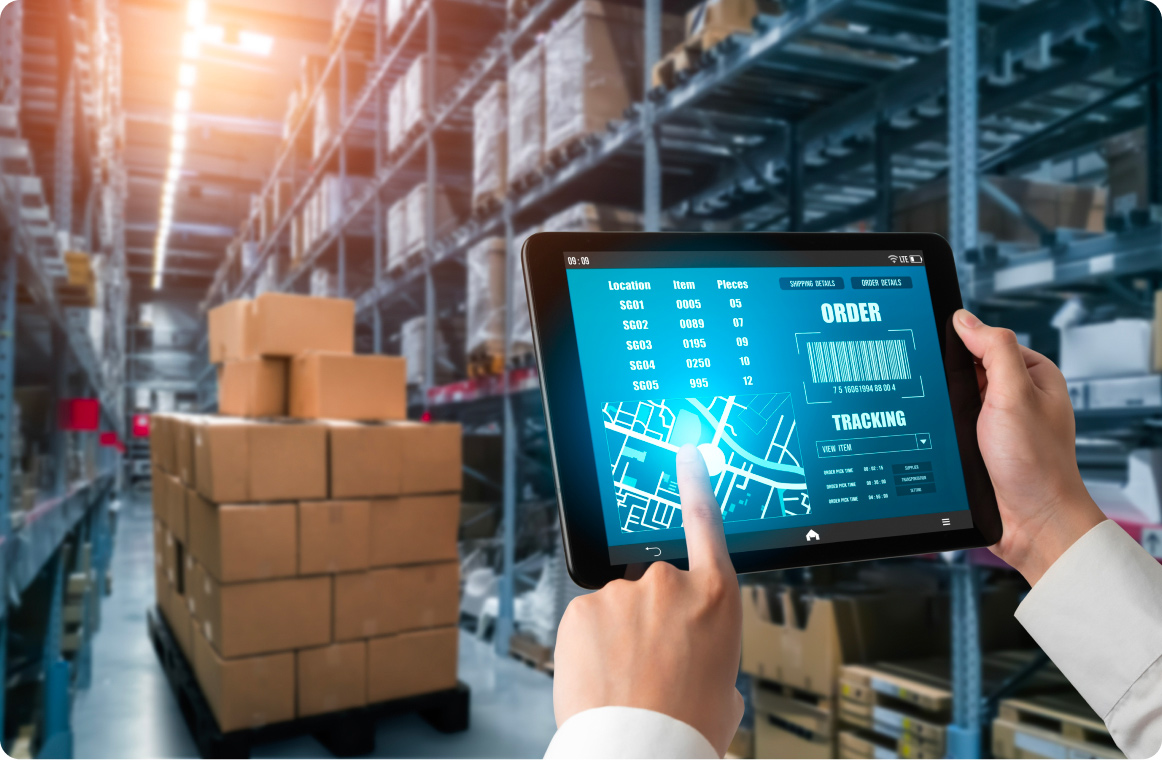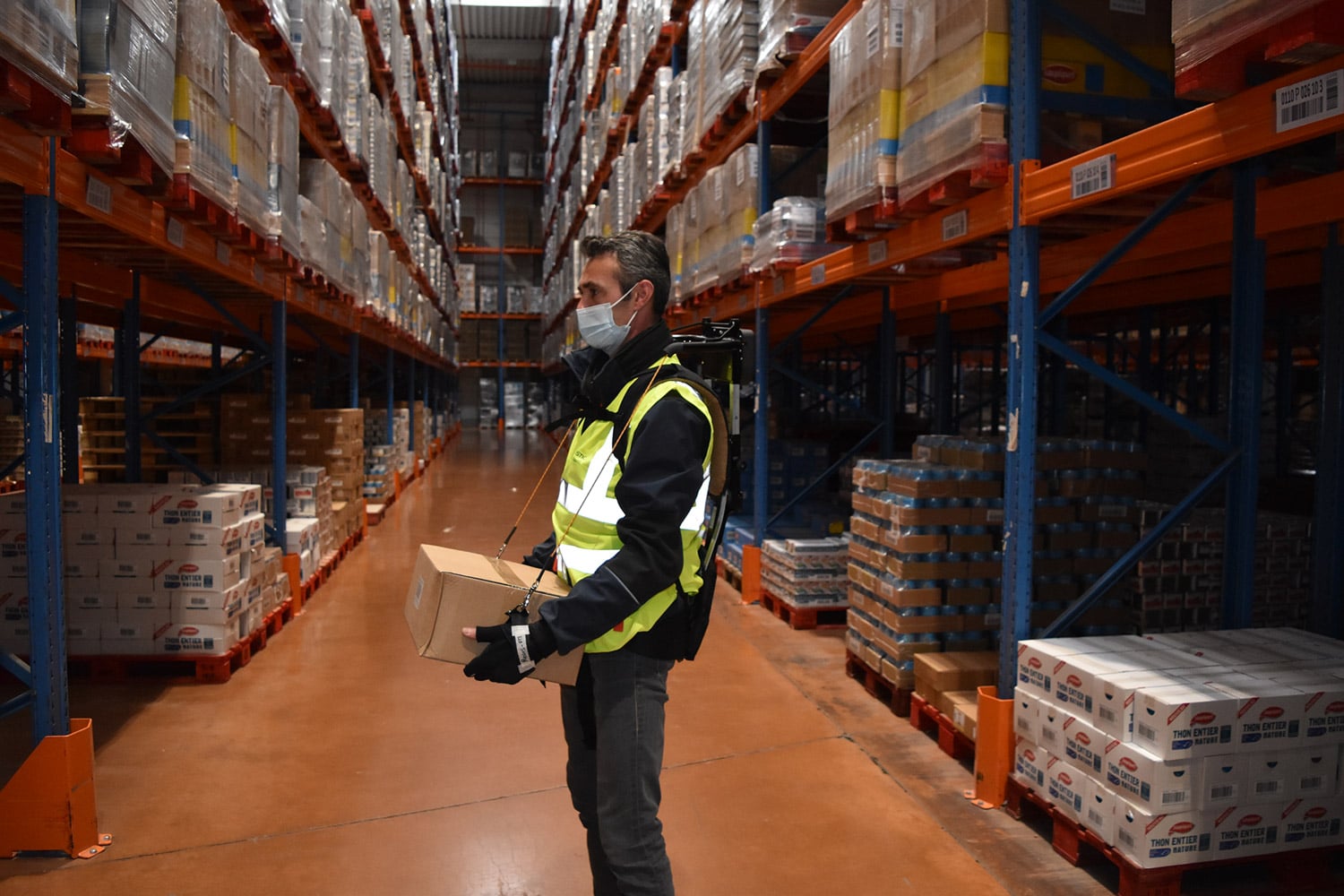1 million deaths prevented each year; 31% cheaper exports; $10 million saved in food recalls. What’s the link? These are all the potential results of Blockchain technology’s mainstream adoption in the supply chain. But how to integrate Blockchain in the supply chain?
To fully capitalise on its potential, you need to understand the ins and out of Blockchain and how it fits into transport and logistics. This way, you will be part of the revolution, not just its victim. A pioneer who shapes and defines the industry’s future. And our white paper will ensure you can do exactly that.
Blockchain explained for non-geeks…
Real-world Blockchain applications in logistics
Blockchain applications for the logistics industry come in all shapes and sizes. That’s the beauty of Blockchain. By providing better visibility, security and versatility, it could provide the answer to many of the supply chain’s major problems.
Blockchain transport: ultimate traceability
As François de Chiara, IS Transformation and Architecture Director at FM Logistic, notes: “traceability is one of the biggest applications of Blockchain in logistics”. It could improve consumer trust in ethically-sourced products (a market worth £81 billion in the UK alone), help fight against counterfeit drugs and limit the aftermath of food recalls.
In addition, Blockchain can offer a viable – perhaps even better – digital alternative to important paperwork such as bill of ladings and customs declarations. This could help cut fraud and boost exports by $257 billion in the Asia-Pacific region alone according to the UN. Blockchain payment solutions could also further facilitate international trade.
A rocky road for the supply chain 4.0
However, as can be expected, there are many obstacles standing in the way of Blockchain technology and its widespread adoption in supply chain 4.0.
By far the biggest is the need for cooperation. To reap all of Blockchain’s benefits, the whole industry must work together. On top of that, there are issues of cost, a shortage of relevant regulations and a general lack of understanding. It’s no wonder that Craig Fuller of the Blockchain in Transport Alliance believes that it won’t be before 2026 that Blockchain becomes “something that is accepted”.
Your next steps
So, how do you get started? Most importantly, you should educate yourself. And that starts with our white paper. Armed with this new-found knowledge, you can then take an active role in the industry debate or even create a proof-of-concept.



